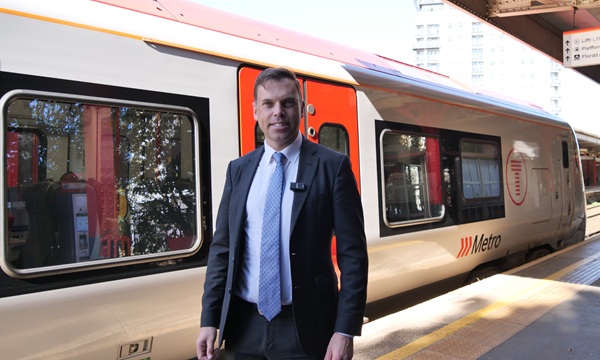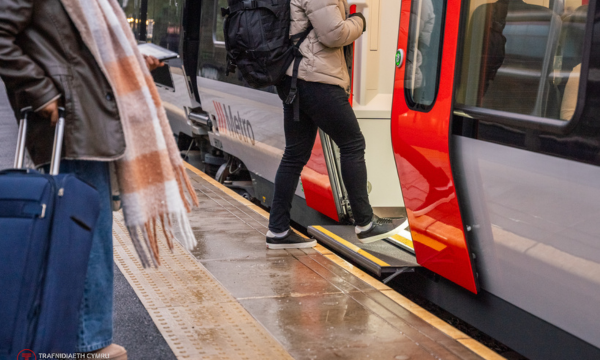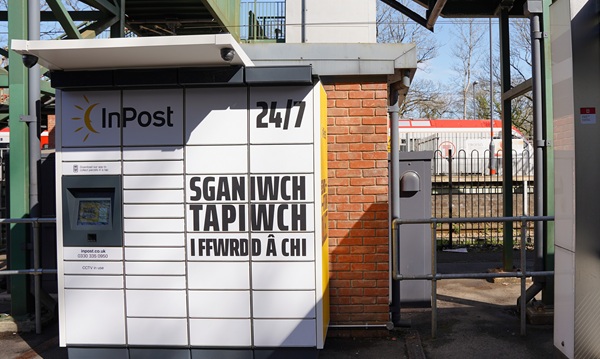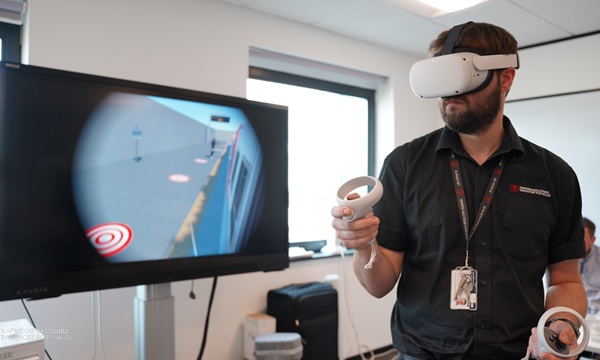
Years of investment and planning in public transport are starting to pay off, and we are seeing real benefits across Wales. From rail to buses to integrated ticketing, the changes we are delivering are not just about improving individual services but about creating a network that truly works for people.
One of the biggest projects we are currently working on is bus franchising. This is a fundamental shift in how bus services are run, bringing greater coordination and accountability. For the past 20 years, bus services have been largely deregulated, meaning operators made their own decisions about routes, timetables and fares while still receiving public money. Under franchising, local authorities and Transport for Wales will set out what the network should look like – where buses need to run, how often, and at what price – ensuring services meet the needs of passengers and work seamlessly with other modes of transport.
Cities like London have benefitted from this model for years, and Greater Manchester is now rolling it out too. Across Wales, we are working closely with local authorities, businesses and communities to shape the best possible system. The aim is to make public transport genuinely convenient, reliable and easy to use – whether that’s catching a train, hopping on a bus, or switching between the two.
On the rail network, we are already seeing significant progress. Passenger numbers are growing faster in Wales than anywhere else in the UK, and with that comes increased revenue, reducing the subsidy required from government. Customer satisfaction is also on the rise, and we expect that to continue as we roll out further improvements.
New trains have made a huge difference. In North Wales, nearly all services are now operating with modern rolling stock, while in South Wales, we recently switched on the electrified Metro lines for Treherbert, Aberdare and Merthyr. These services offer level boarding and, once frequencies are increased, will provide a far more efficient and accessible way to travel. The investment is now visible to passengers, businesses and both the Welsh and UK Governments, who support the network financially.
Another area where we are making real progress is in simplifying travel. People expect convenience in most aspects of their lives, and transport should be no different. The introduction of Pay As You Go ticketing on 95 stations across South Wales is a major step forward. Much like in London, passengers can now tap in and out, removing the hassle of buying tickets in advance. The uptake has been significant, and because digital transactions cost less to process, fares can be kept lower. Our ambition is to extend this across the country and integrate it with bus services, creating a truly frictionless experience.
Technology and data are increasingly shaping the future of transport. From AI-powered analysis of rail embankments to using data to design more efficient bus routes, the opportunities are vast. The challenge is ensuring data quality and making smart use of the information available. We are already using AI to detect tiny changes in infrastructure that could indicate maintenance issues, and we are looking at how data can improve route planning and better match services to demand.
Renewable energy is another area where transport must evolve. The demand for electricity is growing, and we want to power more of our network with renewable sources. However, the current grid is not fully equipped to handle this transition. With the South Wales Metro, we will be one of the largest electricity users in the region, and we need to ensure our expansion does not limit supply for others. Solutions such as private energy networks are being explored, but there is still work to do.
The biggest challenge in all of this is ensuring long-term planning. Too often, investment in infrastructure follows a pattern of boom and bust, with periods of progress followed by years of stagnation. If we are serious about delivering the transport network Wales needs, we must move to a model of consistent, long-term investment. A 20- or 30-year approach would allow for better workforce planning, more efficient delivery, and a network that genuinely meets future needs.
There is much to be optimistic about. We are already seeing the results of years of work, but there is still a long way to go. With a clear plan, continued investment and a focus on integration, we can create a transport system that drives economic growth, reduces carbon emissions and makes life easier for people across Wales.






